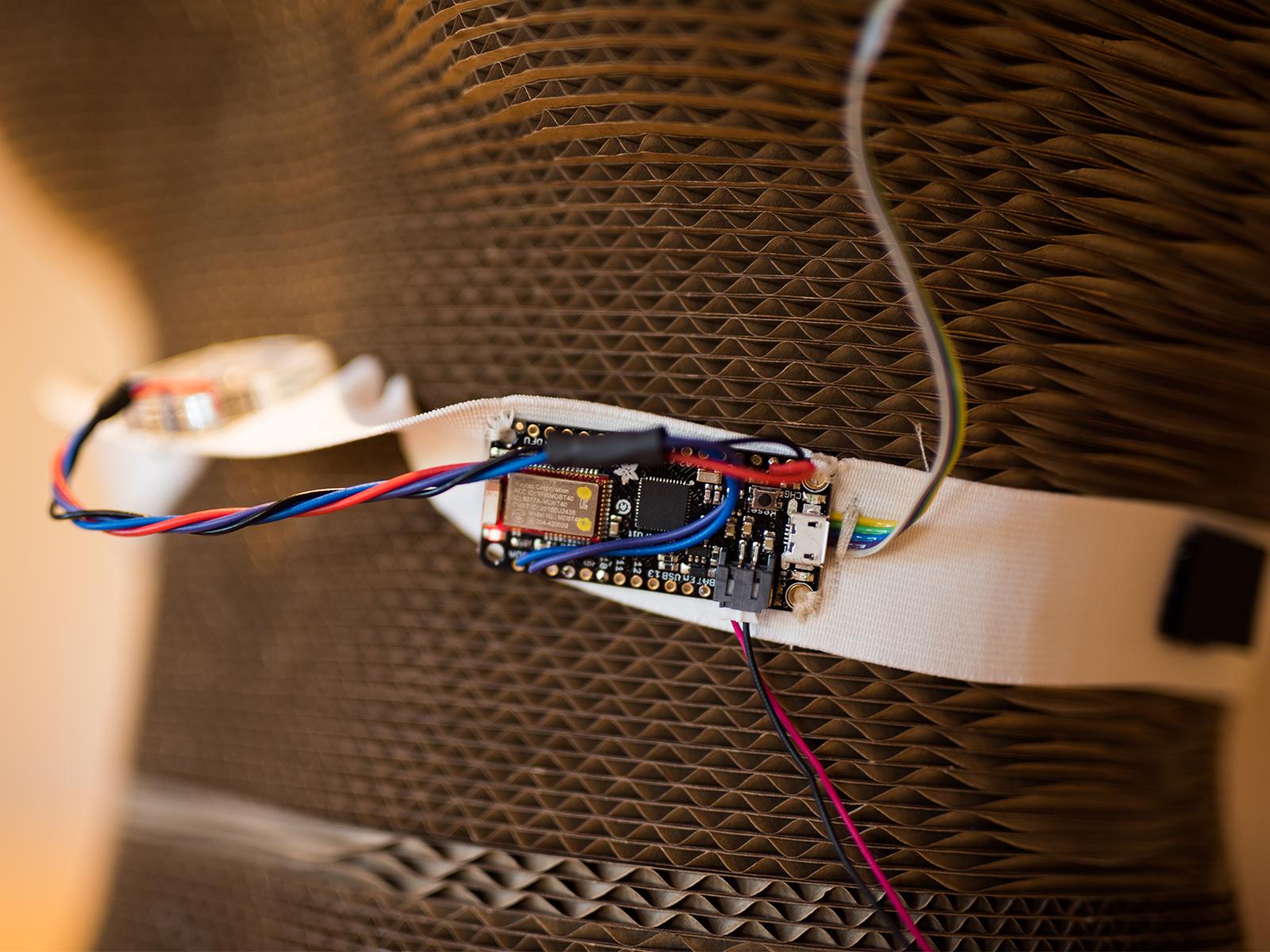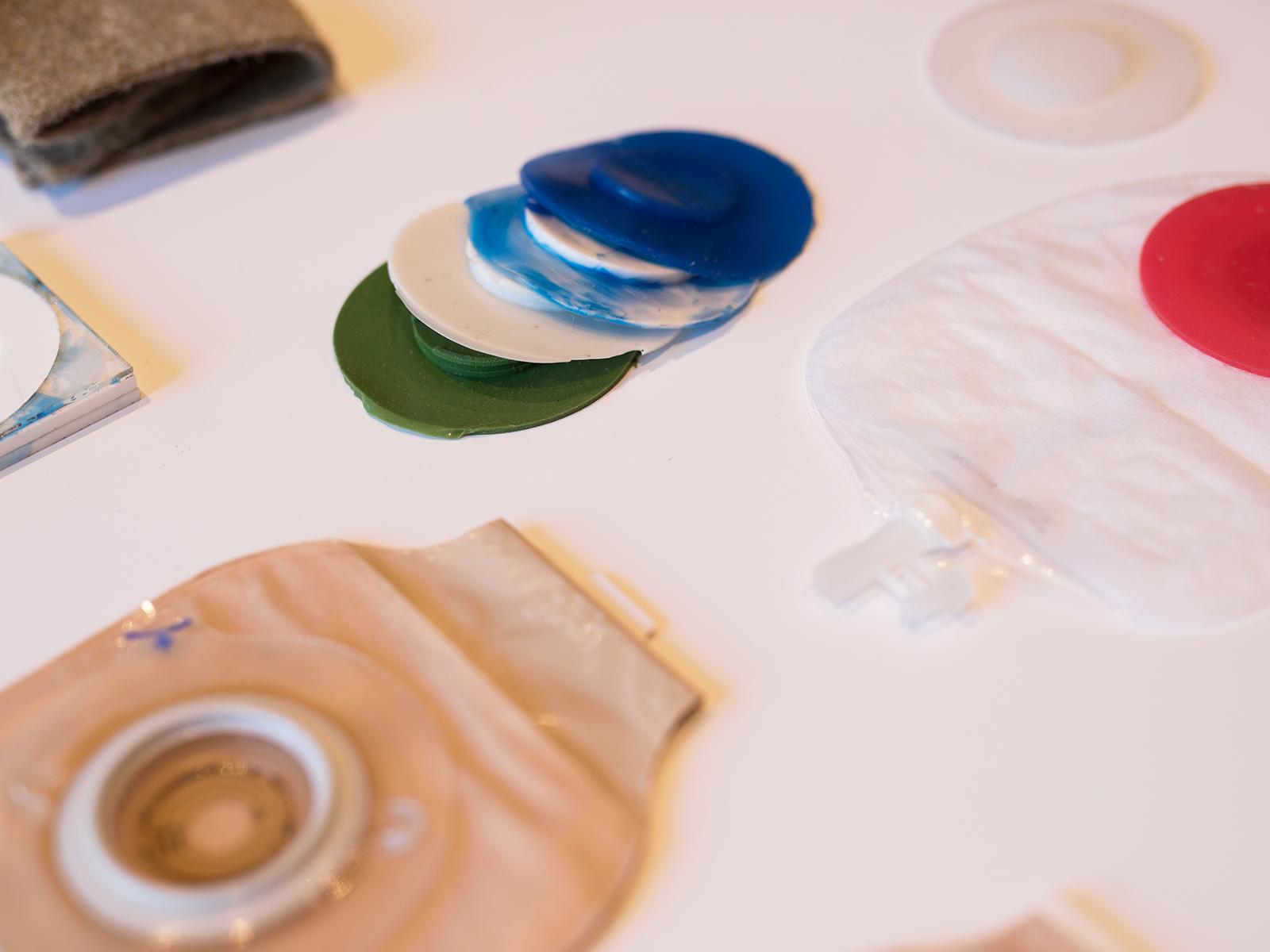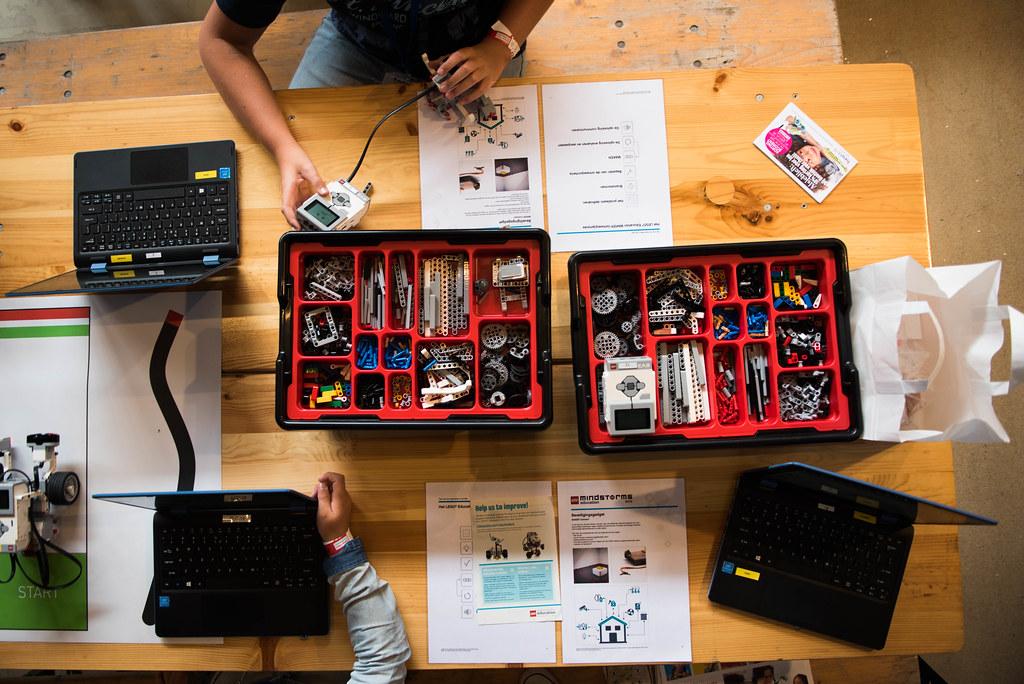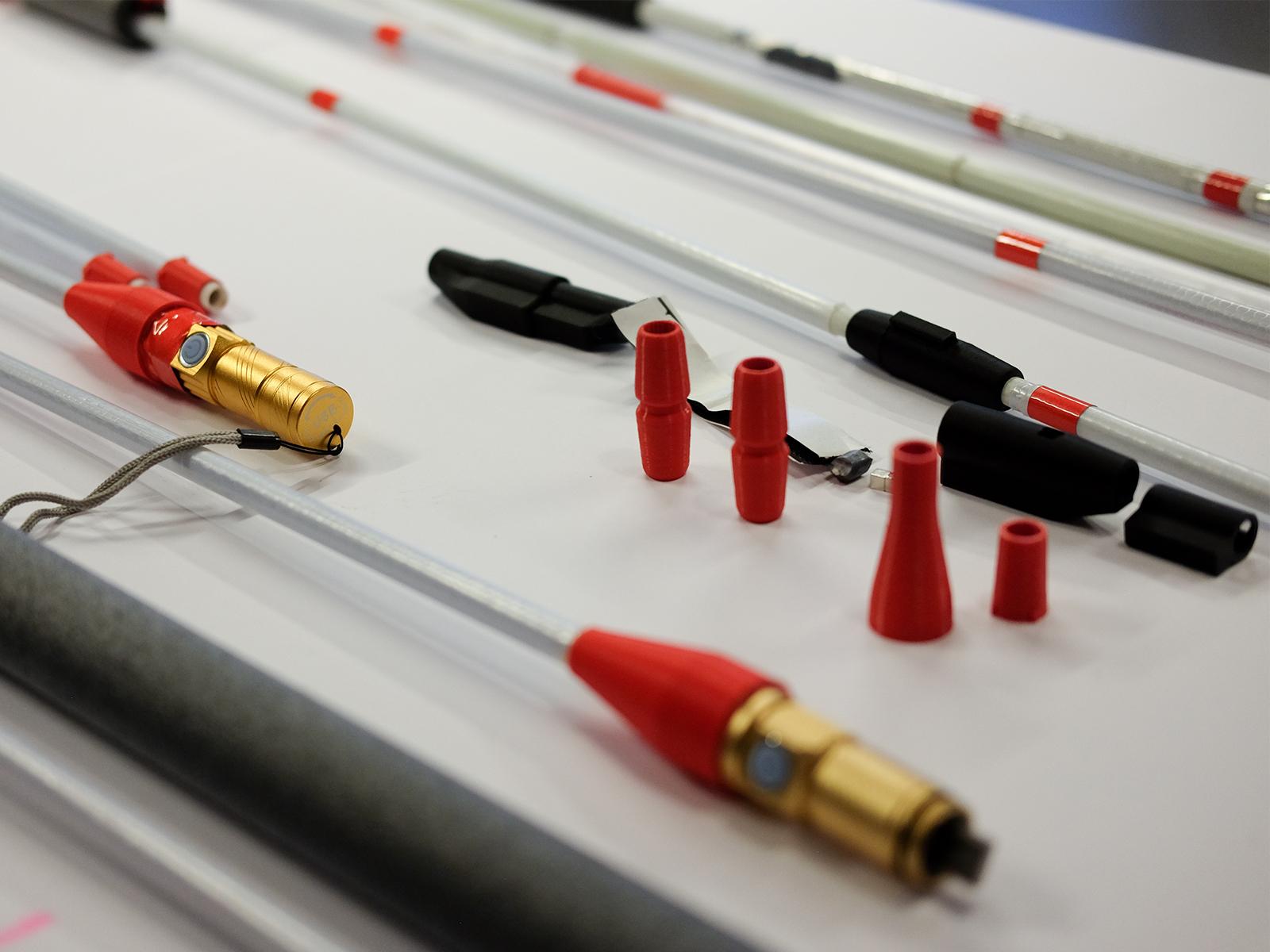What kind of prototype for an open healthcare solution can you develop in eight weeks? With the second series of MakeHealth: Prototyping happening soon, we look back at the projects of the first series, developed at our Fablab.
With the rise of digital fabrication technologies, it is becoming easier to design your own personalised healthcare. In this workshop series, designers, makers and people with health challenges came together to develop solutions. By developing a prototype themselves, people with a health challenge don’t have to wait for a product to come onto the market and they can make exactly what they need.
Have a look at the photos of the presentations here
Stomanoir
The Stomanoir supports Ostomates in their hygiene care by providing a sanitary solution to personal inconveniences. Anna John, Sanne Muiser, Jeroen van Leeuwen and Rutger Oomkes wanted to find a method to eliminate unpleasant odours when depositing a used stoma bag in the trash can. The solution was found by producing silicone caps to attach to the stoma bag and in doing so, locking-in odours before they can escape. The next challenge was to make the caps from bio-degradable materials. Specifically for urostomies, a disposable sticker was produced to secure urine odours from seeping. Additionally, they manufactured an innovative travel bag, providing the Ostomate with a portable toilet if/where necessary.
Quali-fire
The team of Lyndsey Housden, Jesse Howard, Dominique Kersten, and Nina Lu wanted to find a way to monitor the symptoms of Multiple Sclerosis (MS) as a way to investigate what could be possible external markers of inflammation, in order to help people with MS manage and understand the causes of inflammation. This speculative project aimed to use automated measurement to better understand the causes of inflammation, thereby helping to reduce external factors in daily life and manage disease progression. Measurements include a CPR blood test to indicate inflammation, an infrared sensor to record continuous temperature measurement and a wearable device that registers the frequency of spasms and muscle stiffness.
The project brings together qualitative and quantitative data to provide valuable information about environmental factors which could promote inflammation and potentially disease progression.
Squeeze-a-ball
Squeeze-a-ball, developed by Mireia Parets, Bugra Yildiz, Winston Mendeszoon, Anna Pelgrim and Jan-Maarten Luursema, is a knitted pressure sensor wrapped in a knitted anti-stress ball hooked up to a tablet computer. People can squeeze the ball whenever they experience pain, and the amount of force indicates their pain level. The squeeze force will be recorded and visualised in a tablet application, both real-time and as a pain diary.
By making pain measurement less intrusive, patient-initiated, and capable of real-time monitoring, Squeeze-a-ball can improve the clinical reaction to pain, improve the scientific understanding of pain, and provide biofeedback-based distraction for the patient.
A room shoe
Falling down at home is a major cause of fatalities and requiring long-term care for elderly people. There are several causes for falling down, however in this project, Kenichi Nakatani and Lucas Wessels focused on the friction between shoes and flooring since elderly people tend to drag their feet along the flooring. According to literature, there is a safety range of friction coefficient which prevents falling down. In order to maintain the safe friction range, a room shoe features a felt outsole, is light weight, and has an ankle strap developed based on friction testing between some outsole materials and some floorings.
Pimp my cane
Debby Marchena lives in Amsterdam, and she is visually impaired. She was overlooked by a car and got hit. By enhancing the visibility for visually impaired people by means of light emitting white canes, Jedi style, this could be prevented.
So she started experimenting together with Rutger Oomkes. Rutger made a shiny sextopus, and Debby fumbled with thrash and flashlights. Her brother gave her prepared reflecting sticks, and Rutger made the 3D printed pieces that can hold a flashlight. Together they will continue developing the canes and later this year they will launch a campaign to share the cane Open Source and Ready to Use.
BruxHack
The BruxHack is a night-time wearable developed by Bonny Vloet, Borjan Tchakaloff, Mark van Koningsveld and Maria Baltasar Badaya, that aims to stop you from grinding your teeth and clenching your jaws, a condition known as bruxism. They chose an eye-covering, sleep mask-like design. It has an integrated Near-Infrared Spectroscopy (NIRS) which measures the oxygenation of the masseter muscle, as well as a Transcutane Electric Neuro Stimulator (TENS) which stimulates the nerve to the masseter muscle, thereby ensuring muscle relaxation without being noticeable. The current version is an early prototype that yet needs to be experimentally tested on both effectiveness and usability.
No pomodoro
A common challenge for people with acquired brain damage after stroke, is brain fatigue and a lack of day structure. Inger Le Gué, Laura Beetsma, Ida Segond von Banchet and Debby Marchena developed a solution for this challenge. They developed a wearable device that discretely vibrates at pre-programmed times to structure the day and like a metronome tells the user to have a break of to become active again.



